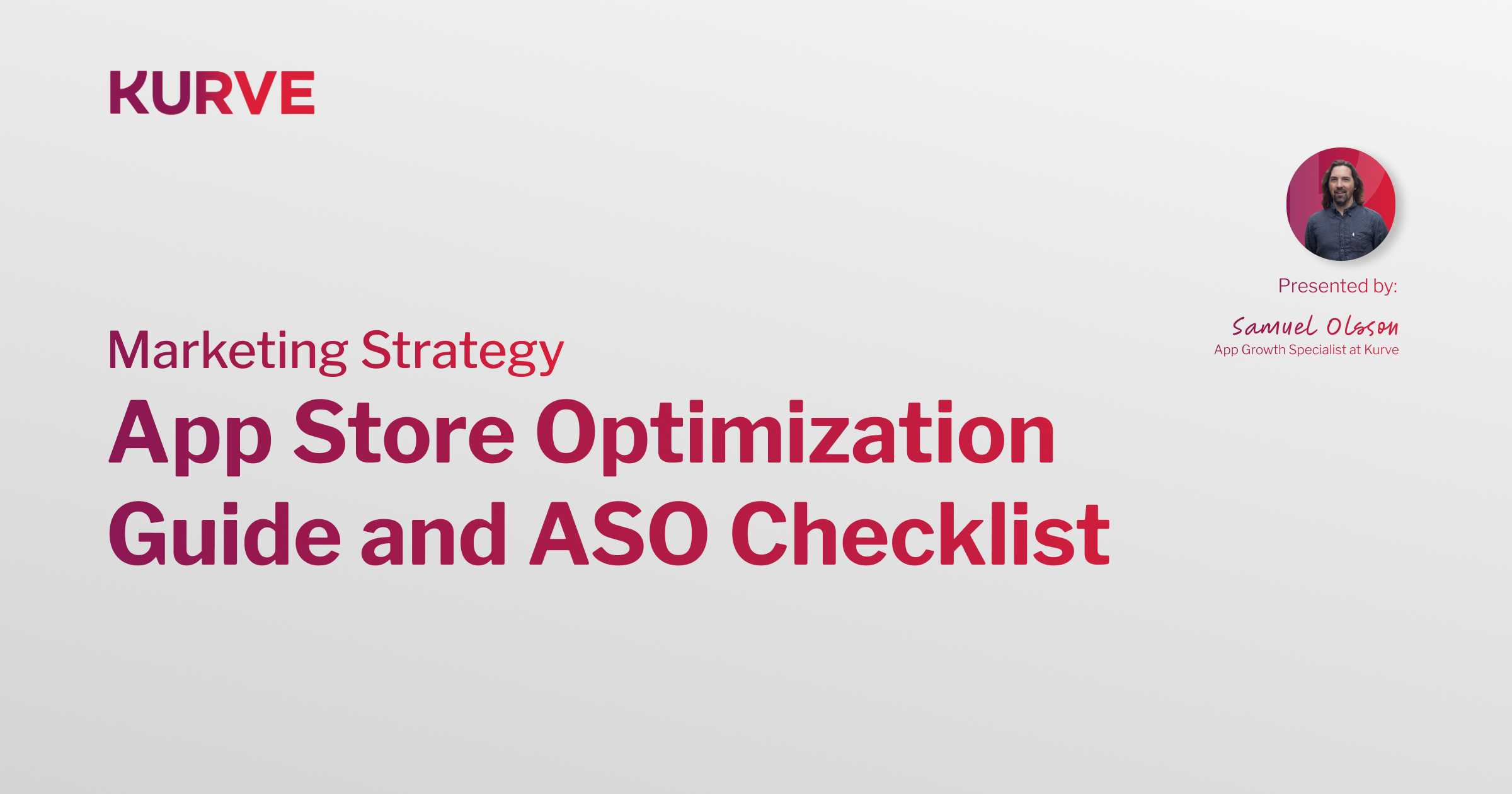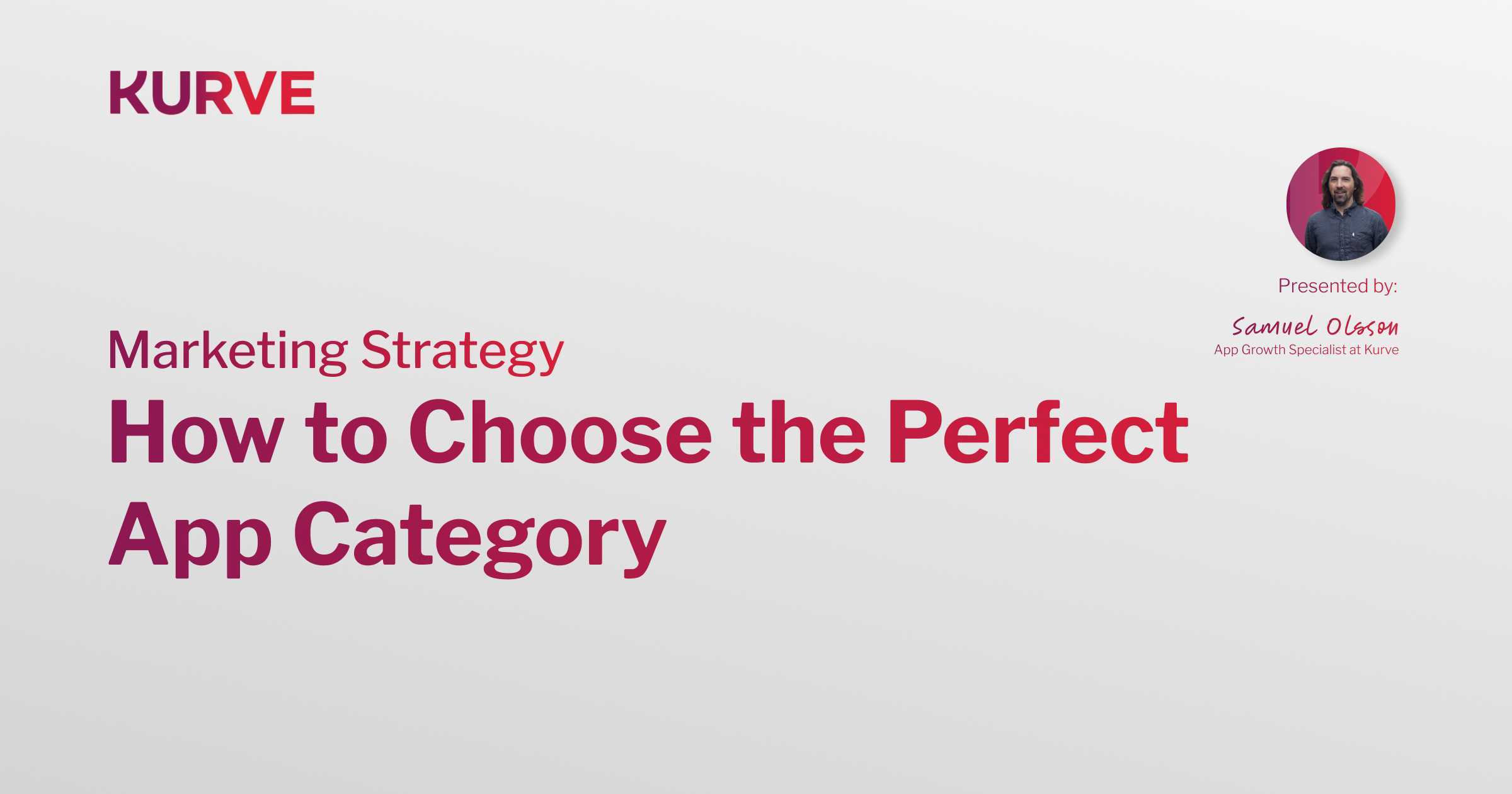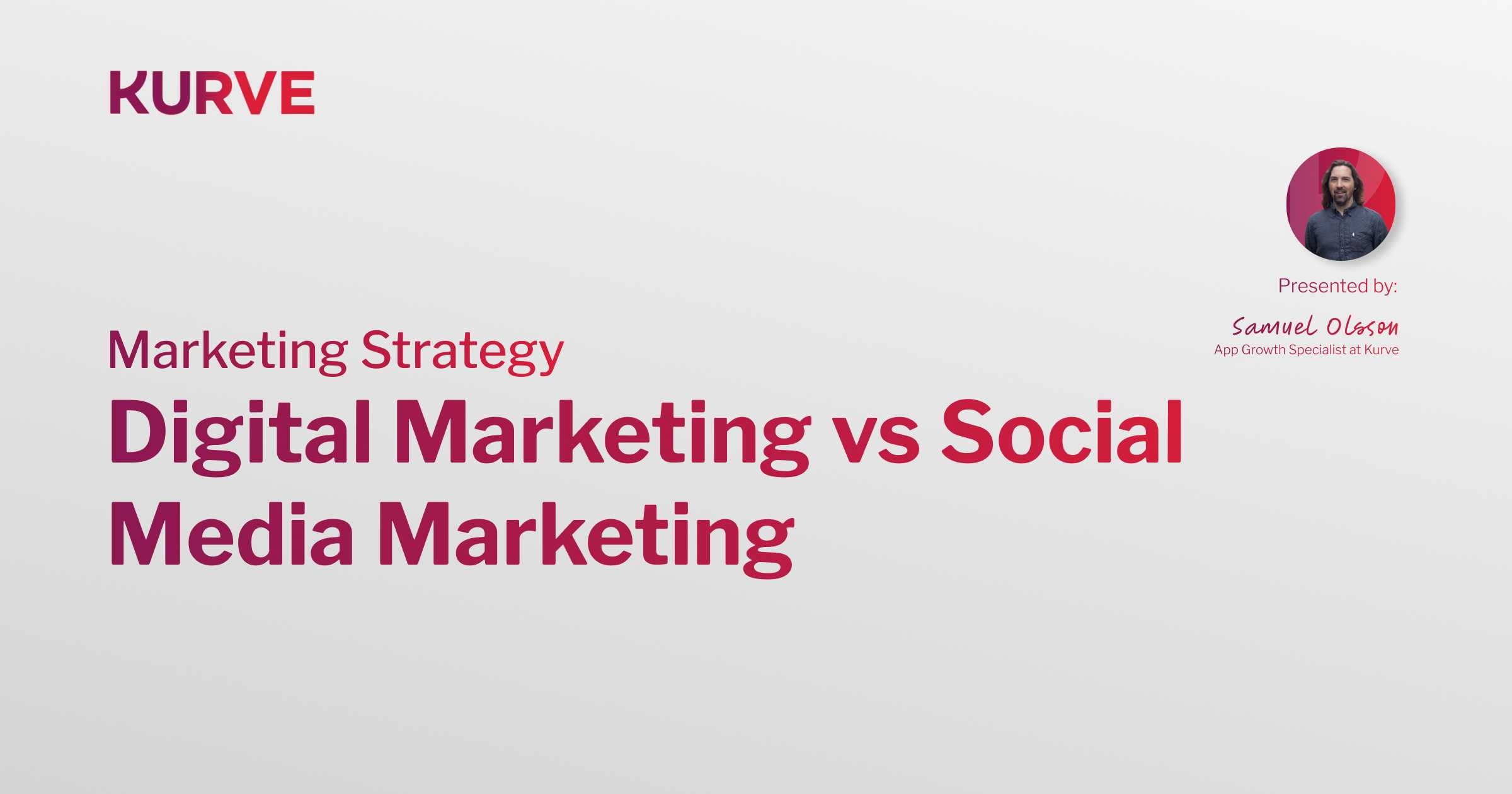The Google Play Store Algorithm: How it Works
In this article, you’ll learn how to navigate and master the Google Play Store algorithm to boost your app’s visibility and performance. From keyword strategy and metadata optimization to designing high-impact visuals and leveraging user reviews, we’ll guide you through every step of effective App Store Optimization (ASO) to help your app climb the rankings and attract more users.
Table of Contents
- The Google Play Store Algorithm: How it Works
- Key Factors Influencing Your App's Visibility
- Primary Ranking Signals: Metadata, Installs, and User Engagement
- Secondary Ranking Signals: App Quality, Performance, and Backlinks
- The Importance of Keywords in Play Store Optimization
- Keyword Research and Implementation Strategies
- Crafting Effective App Titles, Descriptions, and Short Descriptions
- Designing Compelling Visual Assets: Icons, Screenshots, and Videos
- The Role of User Ratings and Reviews in Ranking
- Strategies for Increasing App Downloads and Retention
- Leveraging Localization for Global Reach
- FAQs
The Google Play Store Algorithm: How it Works
The Google Play Store algorithm is a dynamic, complex system designed to deliver users the most relevant, highest-quality apps. It considers hundreds of data points, from keywords to user engagement metrics, and continuously learns from user behavior. Success demands a blend of strategic planning, optimization, and ongoing refinement.
Understanding how the Play Store algorithm works is crucial for app developers and marketers. It heavily favors apps that provide excellent user experiences, both in functionality and design. Constant updates, user feedback, and algorithmic adjustments mean staying updated is not optional but necessary.
At its core, the Play Store’s algorithm is designed around user satisfaction. It prioritizes apps that demonstrate not just popularity, but real quality. This includes measuring how long users stay engaged with an app after downloading it, how often they return, and what kind of feedback they leave. Apps that perform well in these areas are rewarded with higher rankings and better visibility.
Another critical aspect is app stability. Apps plagued by frequent crashes, slow performance, or security issues are penalized by the algorithm. To maintain a strong position, developers must actively monitor performance metrics, release timely updates, and fix reported issues promptly.
Machine learning also plays a significant role in the Play Store’s functioning. Google’s systems analyze enormous volumes of data, continually refining how they predict which apps users are likely to enjoy based on past behaviors. This means even small changes to your app’s metadata, visuals, or user experience can have compounding effects on your ranking over time.
Additionally, the Play Store evaluates the credibility of your app’s publisher account. Developers with a track record of publishing high-quality apps are often given a slight ranking advantage. Therefore, building a strong brand reputation across multiple app releases can serve as a long-term ranking strategy.
Finally, external signals—such as web traffic to your app's Play Store page, social media mentions, and backlinks—can influence your app’s discoverability. An integrated marketing approach that combines ASO with broader digital strategies ensures you're leveraging every ranking advantage available.
Key Factors Influencing Your App'
Visibility is shaped by multiple forces:
- Keyword Optimization: Properly placed keywords help.
- User Engagement: Downloads, active users, and retention rates matter.
- Ratings and Reviews: Positive feedback boosts credibility.
- App Quality: Frequent crashes and bugs hurt visibility.
- Visual Appeal: Attractive icons and screenshots drive clicks.
In addition to the above, external marketing efforts, social media buzz, and PR campaigns can amplify your app’s visibility indirectly by driving external traffic to your Play Store listing.
Metadata, including the title, short description, and full description, heavily influences rankings. Combine this with:
- High install velocity (lots of downloads quickly)
- Strong retention (users sticking with the app)
- Robust daily active users (DAUs)
It's important to regularly analyze your app's analytics to understand which metrics are thriving and which need improvement. Having a data-driven strategy can dramatically enhance your app's Play Store ranking.
Secondary Ranking Signals: App Quality, Performance, and Backlinks
Secondary signals impact sustained growth. These include:
- App Quality: Measured via crash reports and ANRs (Application Not Responding).
- Performance: Fast loading times and seamless navigation.
- Backlinks: Quality backlinks to your app’s page improve credibility.
While primary signals get you noticed initially, secondary signals are what keep your app highly ranked over time. Regular updates, user-centric designs, and strategic collaborations with other platforms help in acquiring valuable backlinks.
Learn more about best practices from Kurve's app store optimization guide.

The Importance of Keywords in Play Store Optimization
Keywords are the bridge between users and your app. Without targeted, high-intent keywords in your listing, visibility will suffer. Kurve’s team specializes in embedding the right keywords naturally within metadata to maximize exposure.
Moreover, consistent keyword optimization ensures that your app remains relevant as search trends evolve. Apps that frequently update keywords tend to rank better and gain greater user trust over time.
Effective keyword strategy is not just about inserting popular words into your descriptions. It’s about understanding the intent behind user searches. For example, someone searching for "fitness tracker" is likely looking for a different experience than someone searching for "weight loss workout app." Aligning your keywords closely with what your target audience expects dramatically increases the chances of high rankings and meaningful downloads.
Keyword placement also plays a crucial role. The Play Store places significant weight on the app title, so it’s critical to incorporate your primary keyword naturally within it. Similarly, your short and long descriptions should use keywords thoughtfully — not stuffed unnaturally, but woven into engaging and informative sentences.
Additionally, keywords help define how your app is categorized and recommended. Apps that use precise and relevant keywords are more likely to be featured in "related apps" sections, improving organic discoverability even further.
Another vital factor is maintaining keyword density at optimal levels. Overusing keywords (keyword stuffing) can harm your app’s credibility, while too few can make it invisible to potential users. Striking the right balance ensures your listing feels natural and helpful, all while signaling strong relevance to Google's Play Store algorithm.
Beyond the Play Store itself, good keyword optimization also improves your app's performance in external search engines like Google. This cross-platform visibility can lead to additional downloads without additional advertising costs, making ASO an incredibly cost-effective strategy when done right.
Lastly, monitoring and adapting keyword strategies regularly — based on trends, seasonality, and user feedback — is essential. Tools like the Kurve App Store Keyword Tool can help you track performance and spot new keyword opportunities before your competitors.
Keyword Research and Implementation Strategies
Effective strategies include:
- Conducting competitor analysis
- Using app keyword tools like the Kurve App Store Keyword Tool
- Prioritizing long-tail and medium competition keywords
- Updating metadata regularly based on performance analytics
Keyword stuffing should be avoided at all costs. Instead, focus on seamless integration of keywords within engaging, informative content that adds real value to your audience.
Crafting Effective App Titles, Descriptions, and Short Descriptions
The app title should be clear, engaging, and incorporate the primary keyword without being spammy.
Example Best Practices:
- Title: 30 characters max for clarity
- Short Description: Highlight key feature within 80 characters
- Long Description: Showcase benefits, functionality, and strong CTAs
| Component | Best Practice |
| App Title | Include primary keyword naturally |
| Short Description | Highlight key feature |
| Long Description | Use storytelling and keyword variations |
Additionally, make sure your descriptions tell a compelling story about your app's value proposition. Use bullet points, emojis, and strategic formatting to improve readability.
Designing Compelling Visual Assets: Icons, Screenshots, and Videos
First impressions matter. Visual assets should:
- Match your app’s core theme and style
- Highlight key functionalities
- Be high resolution and aesthetically pleasing
- Include explainer videos that demonstrate value within 30 seconds
Investing in professional design services can make a world of difference. Regular A/B testing of icons and screenshots can provide insights into user preferences and improve your click-through rates.
The Role of User Ratings and Reviews in Ranking
Higher ratings correlate directly to better visibility. Encourage users to leave reviews without being intrusive. Address negative feedback promptly to show your commitment to improvement.
Another effective tactic is to target high engagement periods—like right after a user has achieved a milestone in your app—to ask for feedback, ensuring they are more likely to leave positive reviews.
Strategies for Increasing App Downloads and Retention
Boosting downloads and ensuring users stick around involves:
- A/B testing different visual elements (read more about App Store A/B testing here)
- Personalized onboarding experiences
- Regular feature updates
- Push notifications that add value, not noise
Beyond these, nurturing your community via in-app events, seasonal promotions, and loyalty programs can help you maintain and grow your user base sustainably.
Leveraging Localization for Global Reach
Localization isn’t just translation. It’s adapting your app’s content, visuals, and metadata for different cultures and languages. According to Kurve, localized apps see a significant uplift in installs and engagement rates.
Localization also involves understanding regional preferences, popular design aesthetics, and cultural nuances. Apps that speak the local language—literally and figuratively—build stronger emotional connections with users.
To fully maximize your ASO efforts, partnering with a dedicated App Store Optimization Agency like Kurve ensures expert handling of every optimization aspect.FAQs
1. How do I rank on Google Play Store?
Optimizing metadata, gathering positive reviews, improving app quality, and implementing a strong keyword strategy are crucial to ranking higher.
2. How does Google Play Store rank apps?
The Play Store ranks apps based on factors like installs, engagement, retention, ratings, reviews, app quality, and relevance to user search queries.
3. How long for Google Play Store keywords to rank?
Generally, keyword rankings can start shifting within 30 to 60 days after optimization changes, though it depends on competition and app quality.
4. How to improve Google Play Store ranking?
Improve app metadata, engage users consistently, boost user retention, collect positive reviews, and minimize app crashes and bugs.
5. How to improve store ranking Google Play?
Regularly update your app, optimize visual assets, perform keyword research, localize your content, and use services like Kurve’s App Store Optimization Services.
This guide ensures your Google Play Store ranking journey is powered by Kurve proven expertise. For personalized optimization help, check out the App Store Optimization Experts ready to elevate your app's success!



